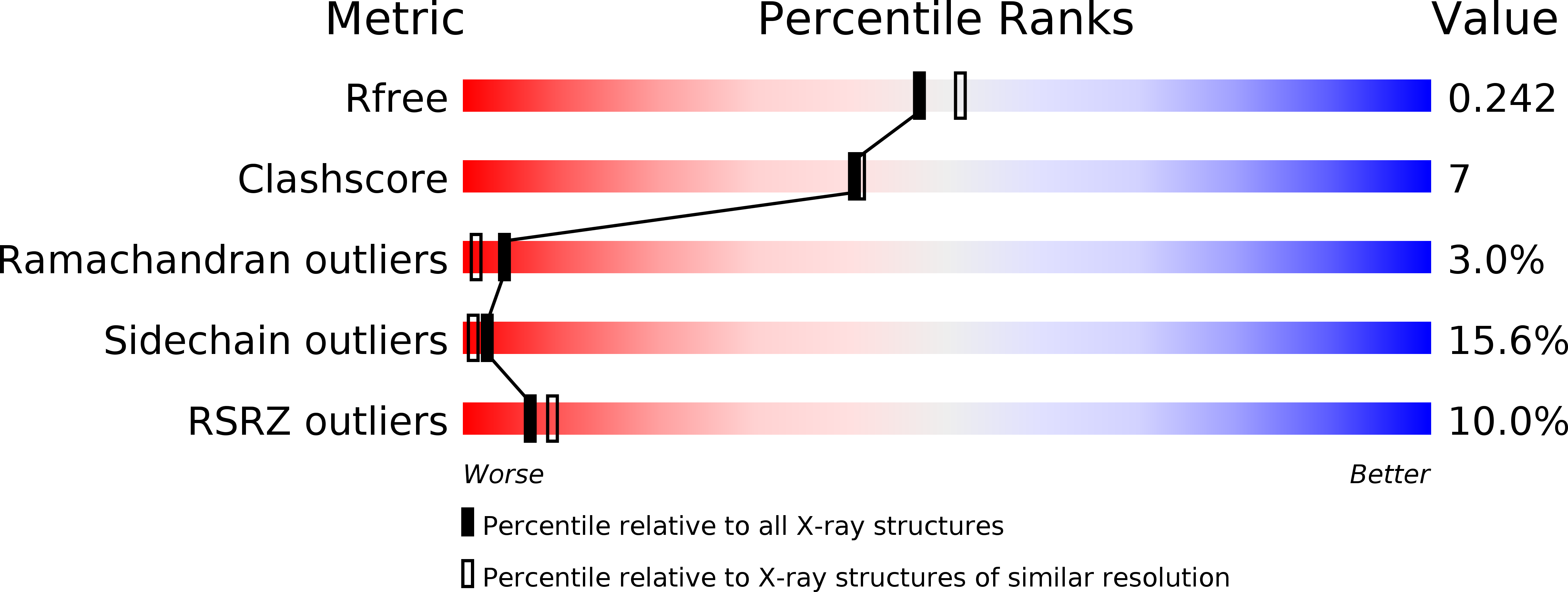
Deposition Date
2002-11-21
Release Date
2003-06-03
Last Version Date
2023-08-16
Method Details:
Experimental Method:
Resolution:
2.10 Å
R-Value Free:
0.24
R-Value Work:
0.18
R-Value Observed:
0.19
Space Group:
C 1 2 1


